Sponsored
Web performance is a word which would come across almost every internet user on a daily basis. It is nothing but the speed in which web pages are downloaded and displayed on the user’s web browser. Web performance optimization or web optimization is the field of knowledge about increasing web performance. Web performance software solutions helps to increase website speeds and faster website speeds means increased sales, visitor loyalty and user satisfaction. Web performance optimization also leads to less data travelling across the web, which in turn lowers a website’s power consumption and environmental impact. Some aspects which can affect the speed of page load include browser/server cache, image optimization, and encryption (for example SSL).
Factors affecting page loading speed
- Storage drive
- Level of image optimization
- Load balancing and SSL offloading
- Web application accelerator
- Server caching
- Browser caching
Here’s our list of top 4 Open Source Web Performace Software Solutions
Sponsored
Contents
Varnish
Varnish HTTP Cache is a web application accelerator. In contrast to other web accelerators, such as Squid, which began life as a client-side cache, or Apache which are primarily origin servers, Varnish web performance software was designed as an HTTP accelerator. Varnish claims to have delivered upto 20 Gbps speed on regular off-the-shelf hardware.
Varnish has mainly two log tools
- Varnishlog
- Varnishstat
Varnishlog
This is a tool that can be used to debug or tune Varnish’s configuration, as it provides detailed information about each individual request.
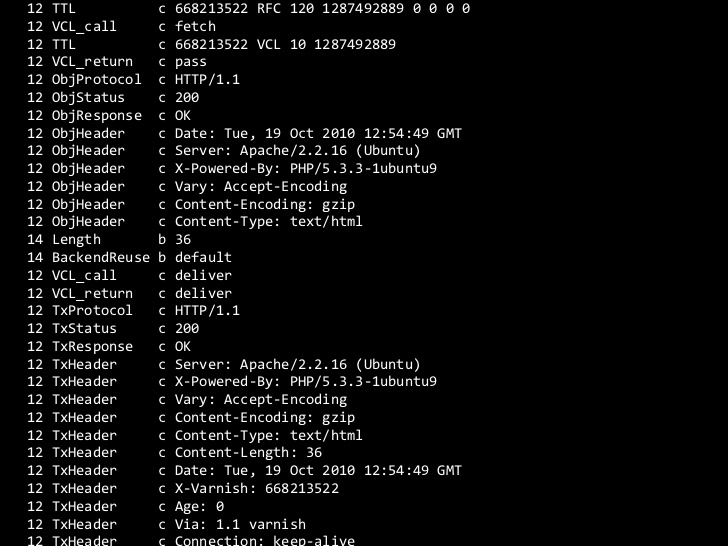
Varnishstat
Varnishstat can be used as a standalone tool to spot-check the health of the cache. In order to graph metrics over time, correlate with other statistics from across an infrastructure, and set up alerts about any problems that may arise, monitoring services can integrate with Varnish and collect varnishstat metrics.
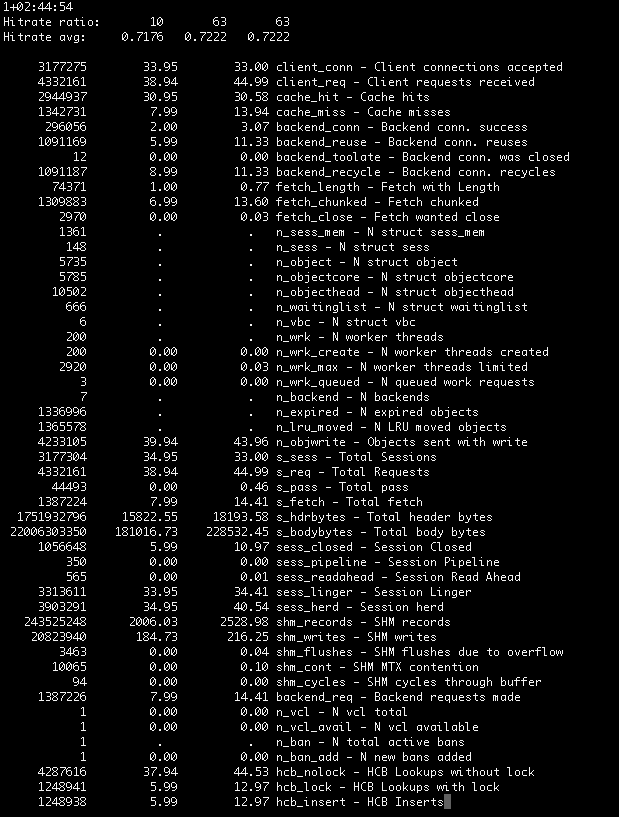
Squid
Squid is a caching proxy for the Web supporting HTTP, HTTPS, FTP and more. It reduces bandwidth and improves response times by caching and reusing frequently-requested web pages. Squid web performance software has extensive access controls and makes a great server accelerator. It runs on most available operating systems, including Windows and is licensed under the GNU GPL.

Features of Squid Caching Proxy Server
- Authentication and Security
- Caching
- Bandwidth Management
- Time-Based Usage
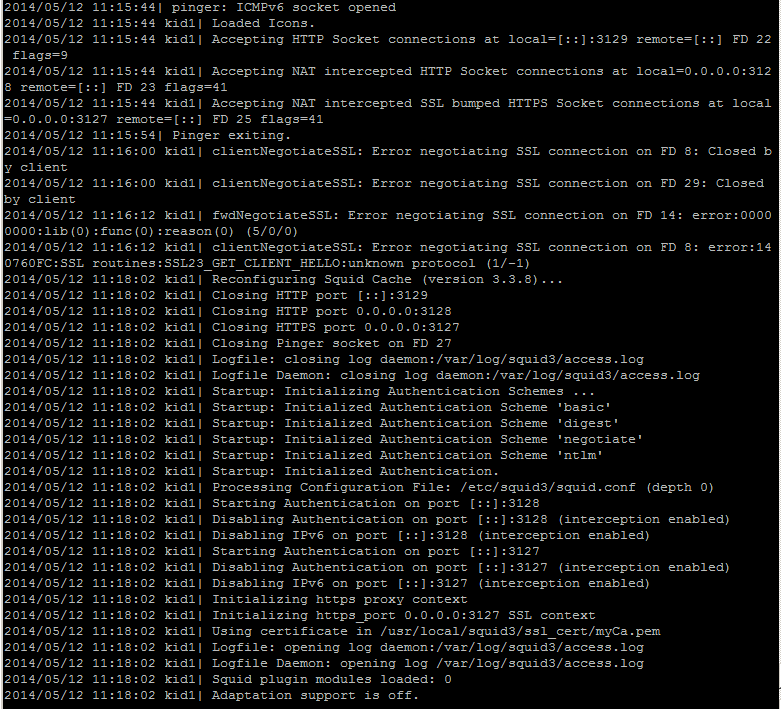
HAProxy
HAProxy is a free, open source, reliable and high performance TCP/HTTP load balancer and proxy server accelerator. HAProxy controls web performance by the means of high-available load balancer. It provides proxy-server for TCP and HTTP-based applications that spreads requests across multiple servers. HAProxy web performance software is used by popular websites such as GitHub, and Reddit. It is also used in the OpsWorks product from Amazon AWS. Haproxy claims to deliver 10GbE load-balancing or more.
Features of HAProxy
- Load-balancing
- Ensure high availability and performance of web based API calls
- Protect weak servers and applications
- Process TLS on behalf of application servers
- Splitting and handle traffic differently based on URL or headers
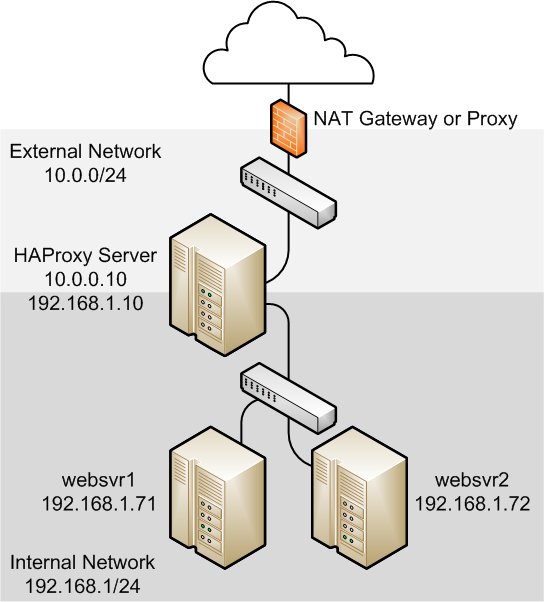
Nginx
Nginx is a web server which can also be used as a reverse proxy, load balancer and HTTP cache. Nginx, despite the fact that it is lightweight and mainly used as a web server, can also be used as a powerful web performance software.
Features of Nginx as a Web Performance Software
- Ability to handle more than 10,000 simultaneous connections with a low memory footprint (~2.5 MB per 10k inactive HTTP keep-alive connections)
- Handling of static files, index files and auto-indexing
- Reverse proxy with caching
- Load balancing with in-band health checks
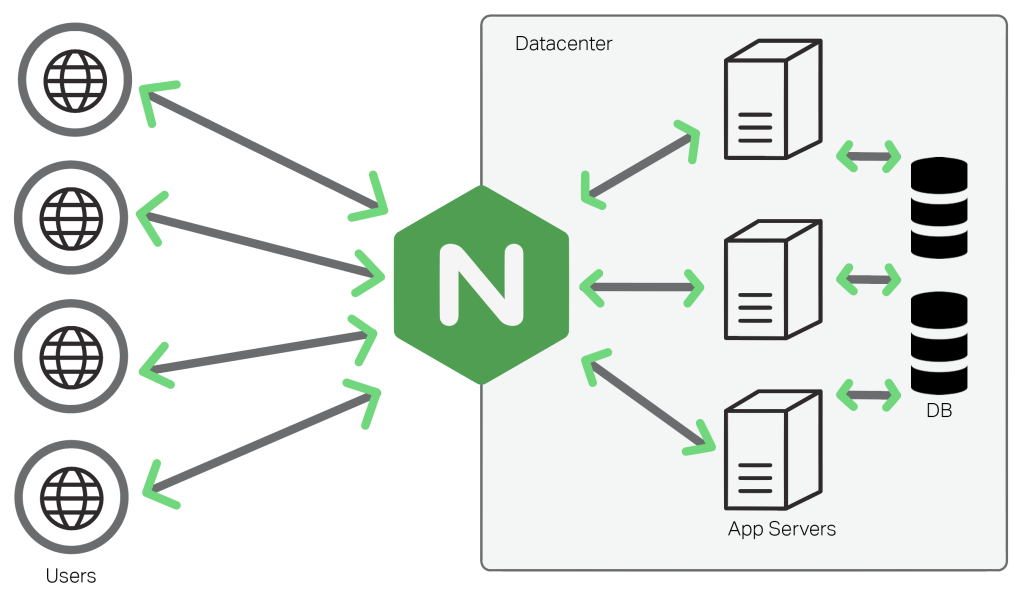
Sponsored






